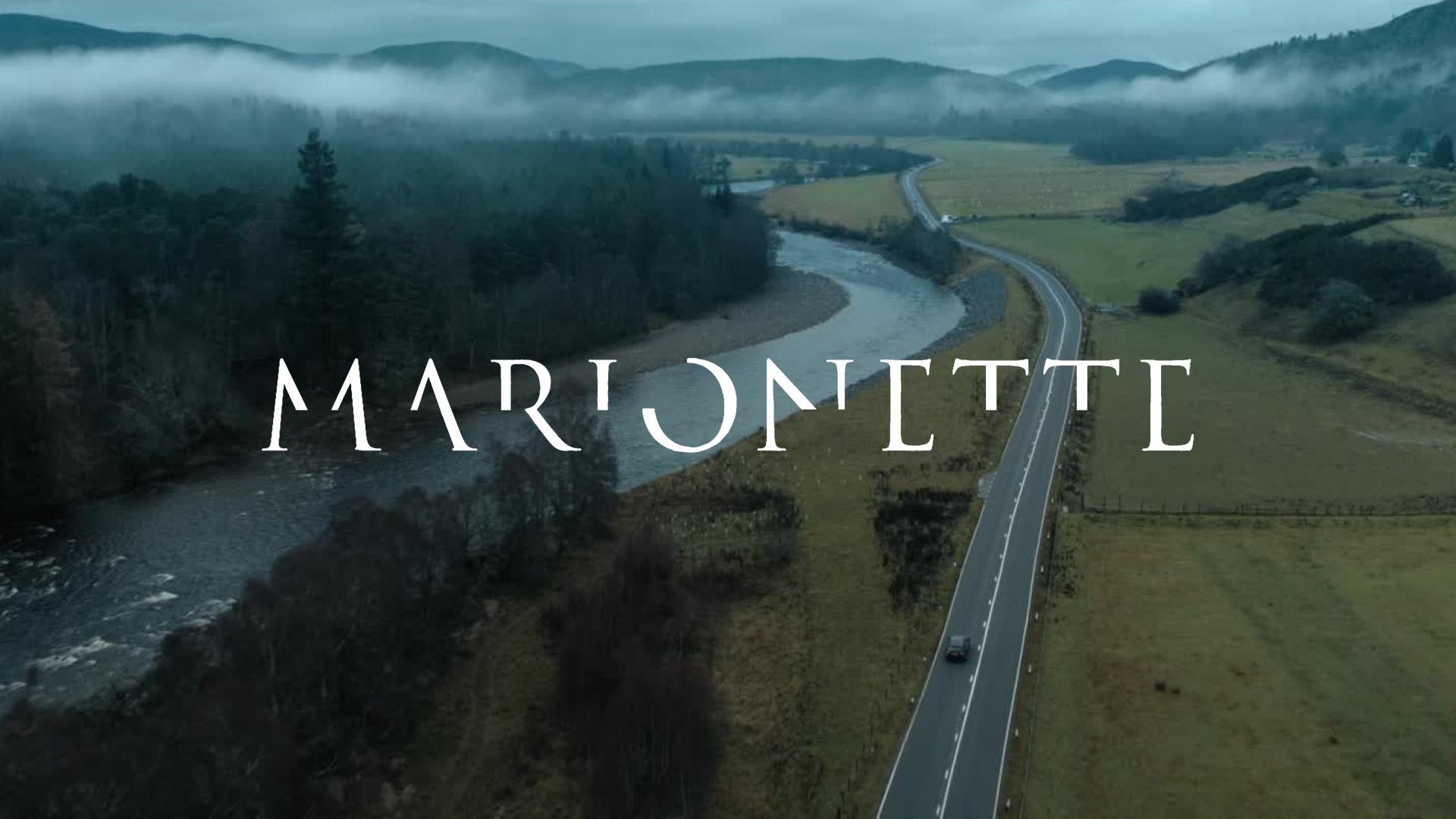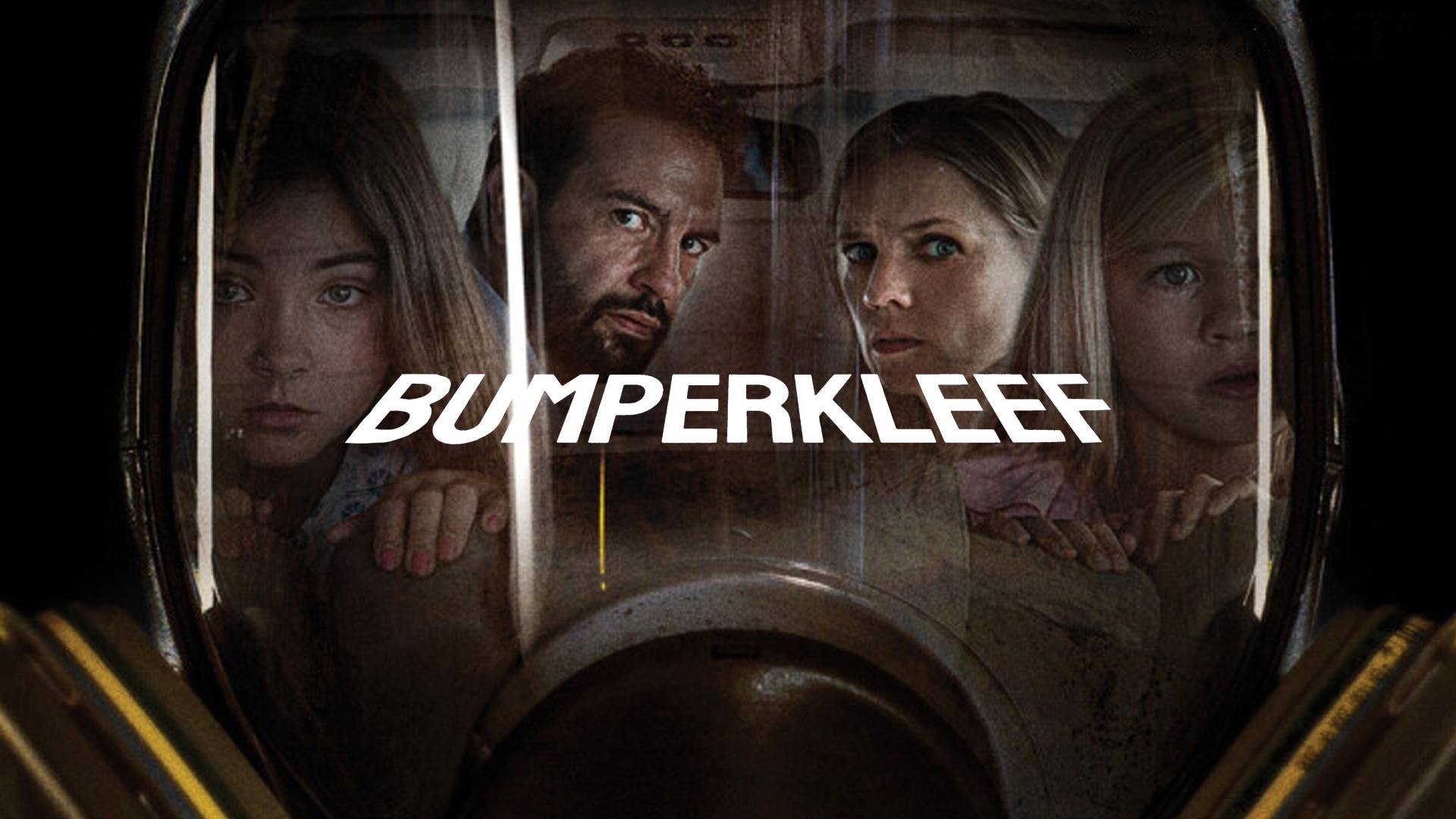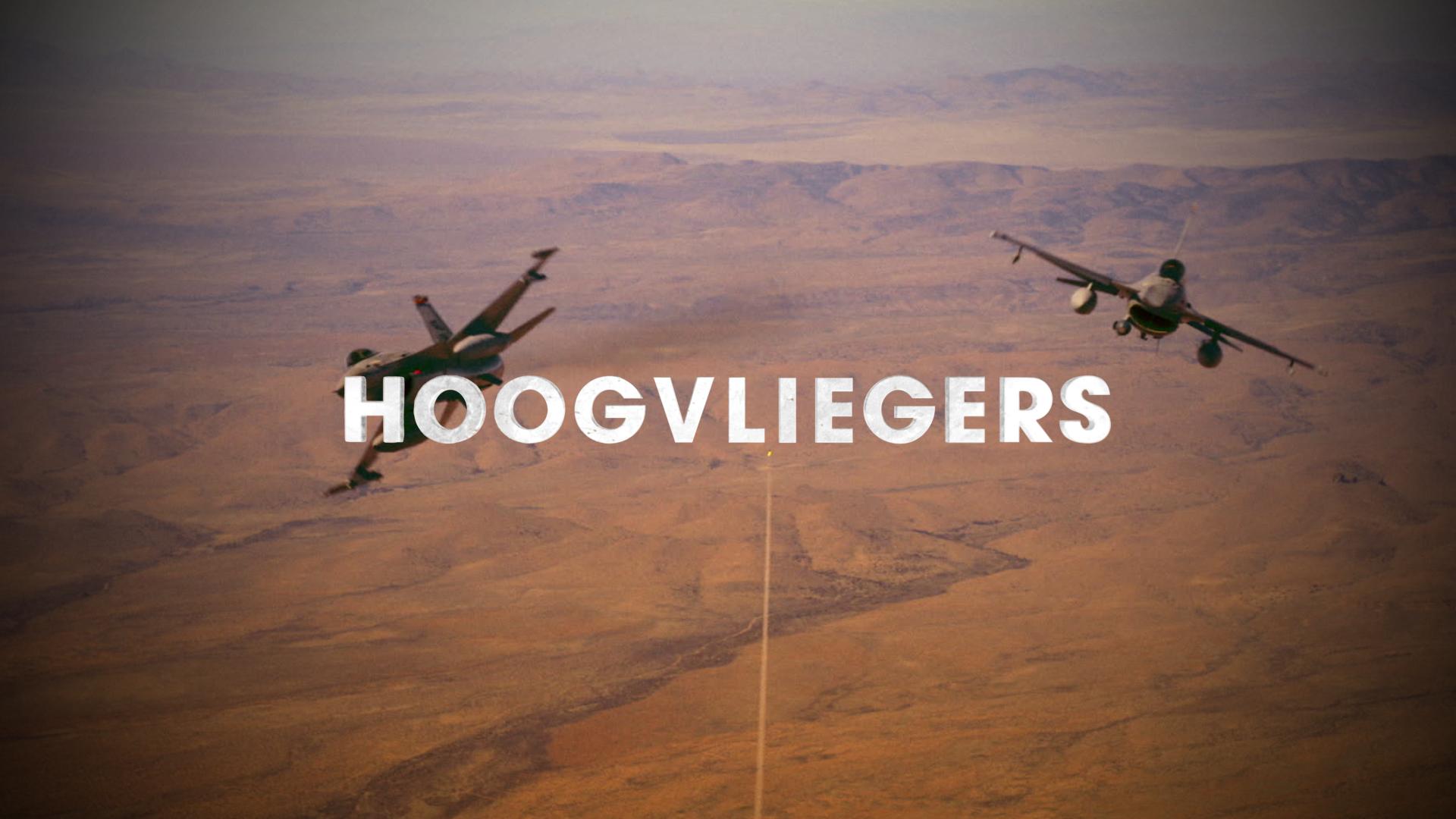
Last year we worked on the five-part series of The Crash (Rampvlucht) that won the award (‘Gouden Kalf’) for best drama series at The Netherlands Film Festival 2022. We proudly present our VFX breakdown below!
The Crash is the first high end drama series in The Netherlands that made extensive use of the powerful features of In Camera VFX (ICVFX). Find more information and a ICVFX breakdown here.
Next to ICVFX our VFX department was responsible for recreating the crash site. The complete area was reconstructed in CG - not only the surrounding apartment buildings and landscape, but also the wrecked buildings, the debris-filled crash site, the airplane components, the fire and smoke inferno, the multitude of fire fighters, fire-trucks with water hoses, ambulances and the machinery involved in cleaning up the wreckage the days after the disaster.
The jury praised The Crash in its statement:
"The Crash is an uncompromising tragedy. An important story that is told very strongly. A drama that took place so recently and so close to home, that with this series it gets the attention it deserves and asks the right questions. Would the aftermath and investigation of this disaster have been different if it had taken place in Naarden or in the center of Amsterdam? A poignant picture is painted of the different population groups that live side by side in our capital."
In The Crash, a considerable amount of scenes (and screen time) take place in the Dutch parliament as investigations about the cause of the crash and the mysterious cargo inside the plane are an important part of the narrative. The two main spaces where Dutch government resides, the First Chamber (Eerste Kamer, or 'senate') and Second Chamber (Tweede Kamer, or 'house of representatives') are not accessible to film crews, nor do they look like they used to in the period 1992 - 1998 when the story is set.
As constructing the sets in full was not an option budget-wise, and partly building the sets would mean countless shots would rely on VFX set extensions (not to mention the technicalities of shooting in a chroma key setup), the choice was made to solve these scenes with the use of big L.E.D. screens, a technique these days synonymous with the term ‘virtual production’. The precise term describing our use of this type of virtual production is ‘ICVFX’ which stands for 'In-Camera Visual Effects'.
The benefit of using ICVFX and creating digital environments of the parliament spaces, was that once these assets are created and optimised for use on the L.E.D. walls, the crew can -within some boundaries- shoot whatever angle they want with runs covering any length, directly live on set and evaluating the in-camera results. The light emitting from the L.E.D. wall helps the integration of fore-mid-and background as the emitted color and brightness of the content being displayed on the wall, actually ‘lights’ the actors and sets in front of it.
The decision was made to set up the parliament environments in Unreal Engine, basically creating a full 3D game level for both First and Second Chamber. Assets of the furniture and other objects were modelled based on photo references and archival source footage. The modular character of these environments allowed for quick repetition and then make some tweaks to details and add randomness.
Game engines are build to display whole 3D worlds for gaming purposes in realtime, as a game can not predict beforehand how players of the game will interact with it. In order to provide this seamless experience, the game engine must be prepared to render this game world in full ,360 degrees and photorealistic appearance (or as photorealistic as possible within the limits of real time computing). These techniques make game engines very useable for film production as well, as the combination of camera angle, camera dynamics and talent moving in front of the screen are not fully predictable. Realtime, continuous updates of the content in the background on the LED wall, ensures that at any given time, the camera angle is matched with the right perspective, parallax and defocus, selling the in-camera result as a seamless result.
ReadySet Studios located in Amsterdam and co-founded by Planet X, features a Stype inside-out realtime tracking solution that can measure position, rotation and lens information in realtime and send that data back into Unreal’s virtual camera. That way, the virtual environment displayed on the L.E.D. wall gets updated in realtime, aligned with whichever way the camera and DOP in front of the wall are moving.
October 4th, 1992, 18:36. An El Al Boeing 747 crashes on the Bijlmermeer. The Netherlands is suddenly world news. Two journalists sink their teeth into an investigation that leads to the much-discussed parliamentary inquiry in 1998.
30 years after the disaster KRO-NCRV created a five-part series 'Rampvlucht' about the events.


